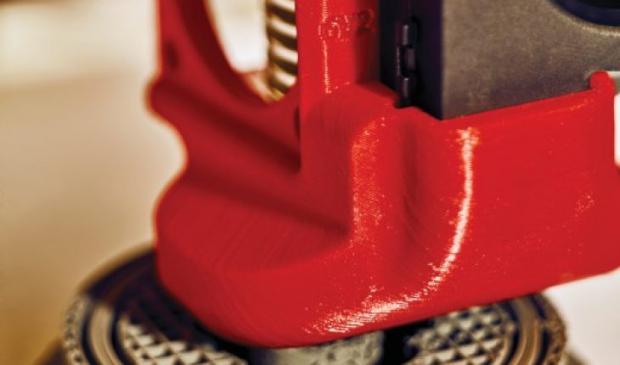
Breaking News
 Private Equity Plan to Steal Your Home.
Private Equity Plan to Steal Your Home.
 Comfy custom-fit saddle is 3D-printed according to data from your butt
Comfy custom-fit saddle is 3D-printed according to data from your butt
 WHO and EU Launch AI System To Monitor Social Media And Online "Misinformation" In Real T
WHO and EU Launch AI System To Monitor Social Media And Online "Misinformation" In Real T
 Why 'Mirror Life' Is Causing Some Genetic Scientists To Freak Out
Why 'Mirror Life' Is Causing Some Genetic Scientists To Freak Out
Top Tech News
 Future of Satellite of Direct to Cellphone
Future of Satellite of Direct to Cellphone
 Amazon goes nuclear with new modular reactor plant
Amazon goes nuclear with new modular reactor plant
 China Is Making 800-Mile EV Batteries. Here's Why America Can't Have Them
China Is Making 800-Mile EV Batteries. Here's Why America Can't Have Them
 China Innovates: Transforming Sand into Paper
China Innovates: Transforming Sand into Paper
 Millions Of America's Teens Are Being Seduced By AI Chatbots
Millions Of America's Teens Are Being Seduced By AI Chatbots
 Transhumanist Scientists Create Embryos From Skin Cells And Sperm
Transhumanist Scientists Create Embryos From Skin Cells And Sperm
 You've Never Seen Tech Like This
You've Never Seen Tech Like This
 Sodium-ion battery breakthrough: CATL's latest innovation allows for 300 mile EVs
Sodium-ion battery breakthrough: CATL's latest innovation allows for 300 mile EVs
 Defending Against Strained Grids, Army To Power US Bases With Micro-Nuke Reactors
Defending Against Strained Grids, Army To Power US Bases With Micro-Nuke Reactors
Game changing 3D printers for low cost metal parts

The company, Desktop Metal, has raised nearly $100 million from leading venture capital firms and the venture units of such companies as General Electric, BMW, and Alphabet. The founders include four prominent MIT professors, including the head of the school's department of materials science and Emanuel Sachs, who filed one of the original patents on 3-D printing in 1989.
Though it is possible to 3-D-print metals, doing so is difficult and pricey. Advanced manufacturing companies such as GE are using very expensive machines with specialized high-power lasers to make a few high-value parts. But printing metals is limited to companies with millions to spend on the equipment, facilities to power the lasers, and highly trained technicians to run it all.
Desktop Metal will have the tough task of converting manufacturers away from production methods that are at the heart of their businesses. But the very existence of this large, established market is what makes the prospect so intriguing. Making metal parts, says Fulop, "is a trillion-dollar industry." And even if 3-D printing wins only a small portion of it, he adds, it could still represent a multibillion-dollar opportunity.

 SpaceX Heat Shield and Starship Mass Production
SpaceX Heat Shield and Starship Mass Production

